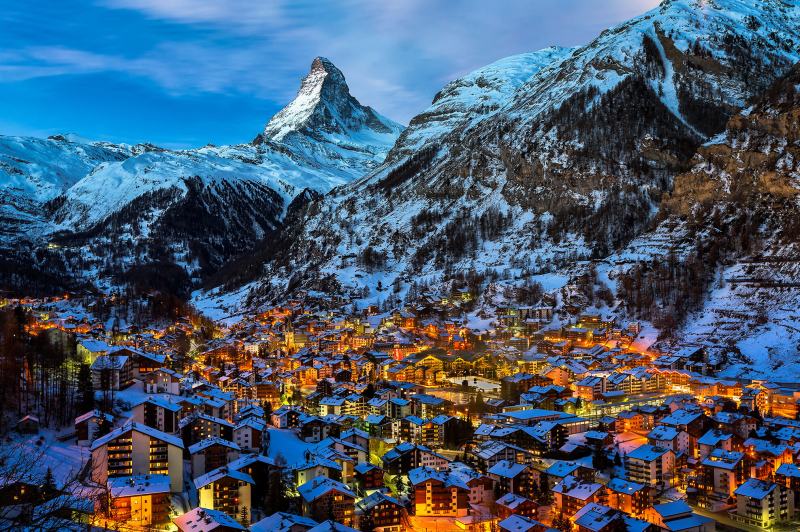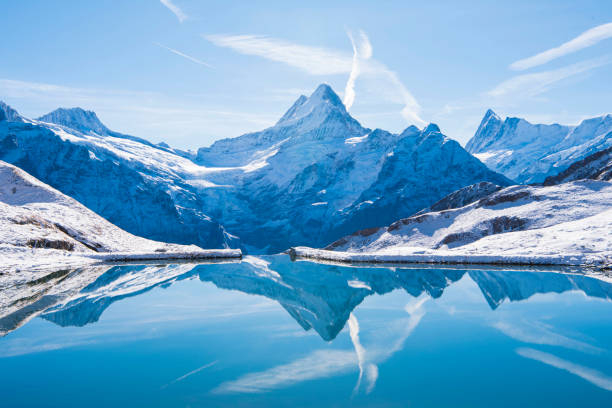The Alps

The collision of the African and Eurasian tectonic plates resulted in the formation of this enormous mountain chain, which is found in south-central Europe. The Alps span an area of 192,000 square kilometers, are 1,200 kilometers long, and exceed 201 kilometers in width. The Alps are a folded mountain range that cross eight countries that are located in or near the mountains: France, Switzerland, Monaco, Italy, Liechtenstein, Austria, Germany, and Slovenia. The Mont Blanc mountain range, which is situated on the boundary of France and Italy, is the tallest and largest mountain range system in Europe. It has several hundred peaks and glaciers, several of which are higher than 12,000 feet. Mont Blanc is the highest peak at 15,771 feet.
As the African and Eurasian tectonic plates collided over millions of years, the mountains were created. Marine sedimentary strata rose by thrusting and folding into tall mountain peaks like Mont Blanc and the Matterhorn as a result of the event's extreme shortening.
The Alps, which are recognized as the most notable physiographic region in western Europe, play a significant role in numerous geographic phenomena. Many of Europe's largest rivers, including the Rhône, Rhine, Po, and countless tributaries of the Danube, are among them. Lucerne (Switzerland), Gran Paradiso National Park (Italy), Maggiore (Italy), and Chambéry are some of the best places to see the Alps (France).
Location: France, Switzerland, Monaco, Italy, Liechtenstein, Austria, Germany, and Slovenia
Length of range: 1,500 mi











